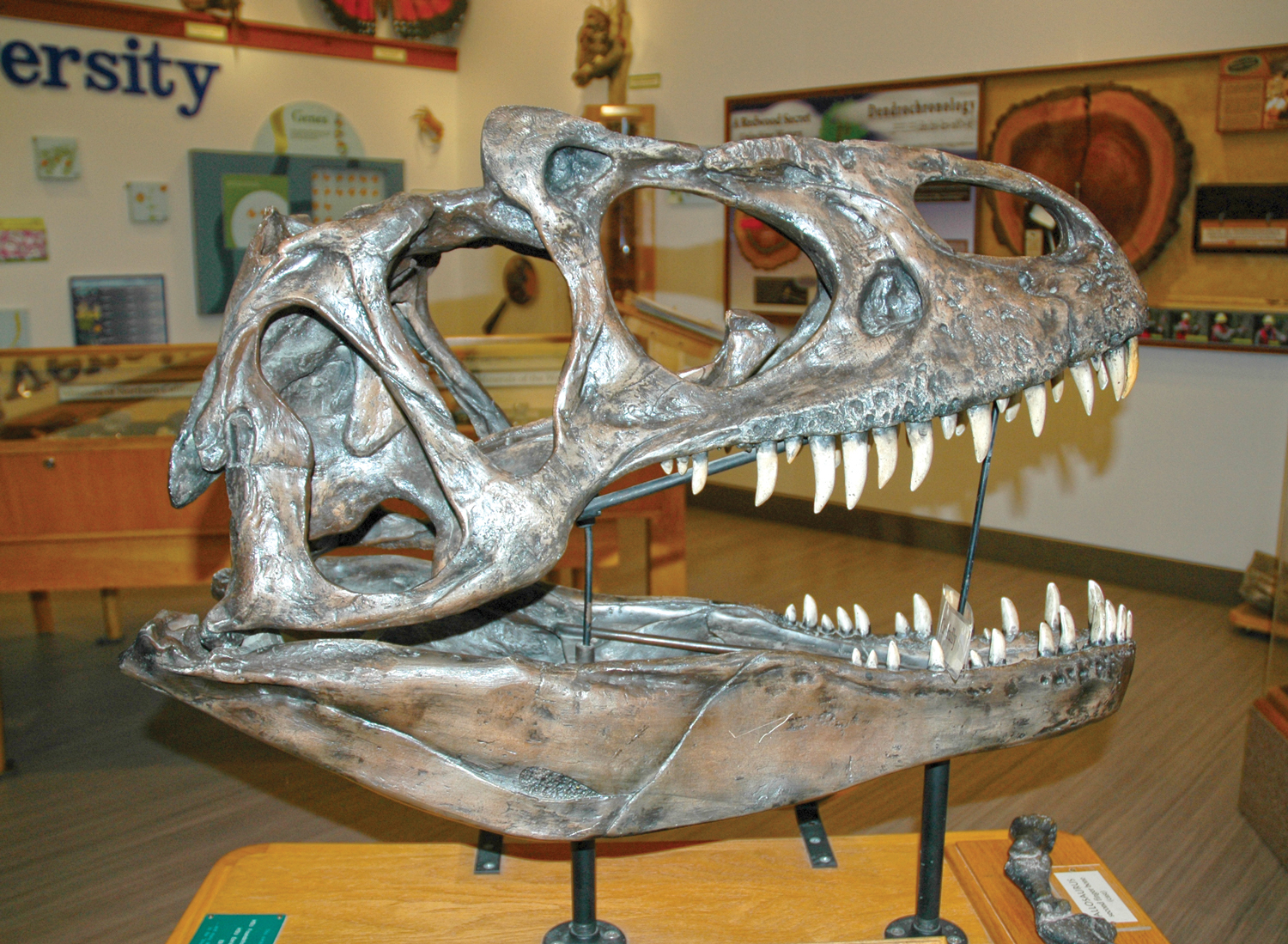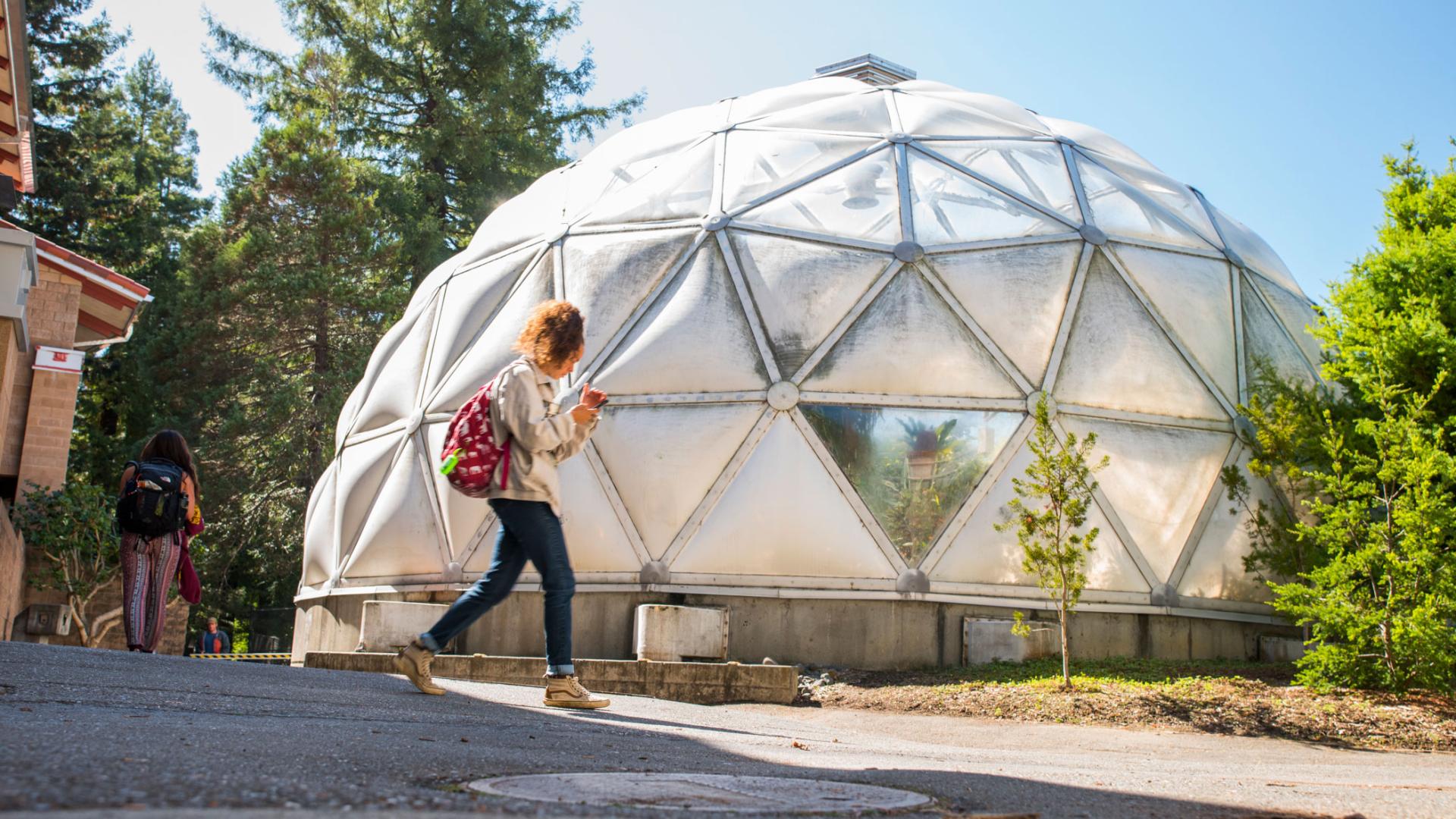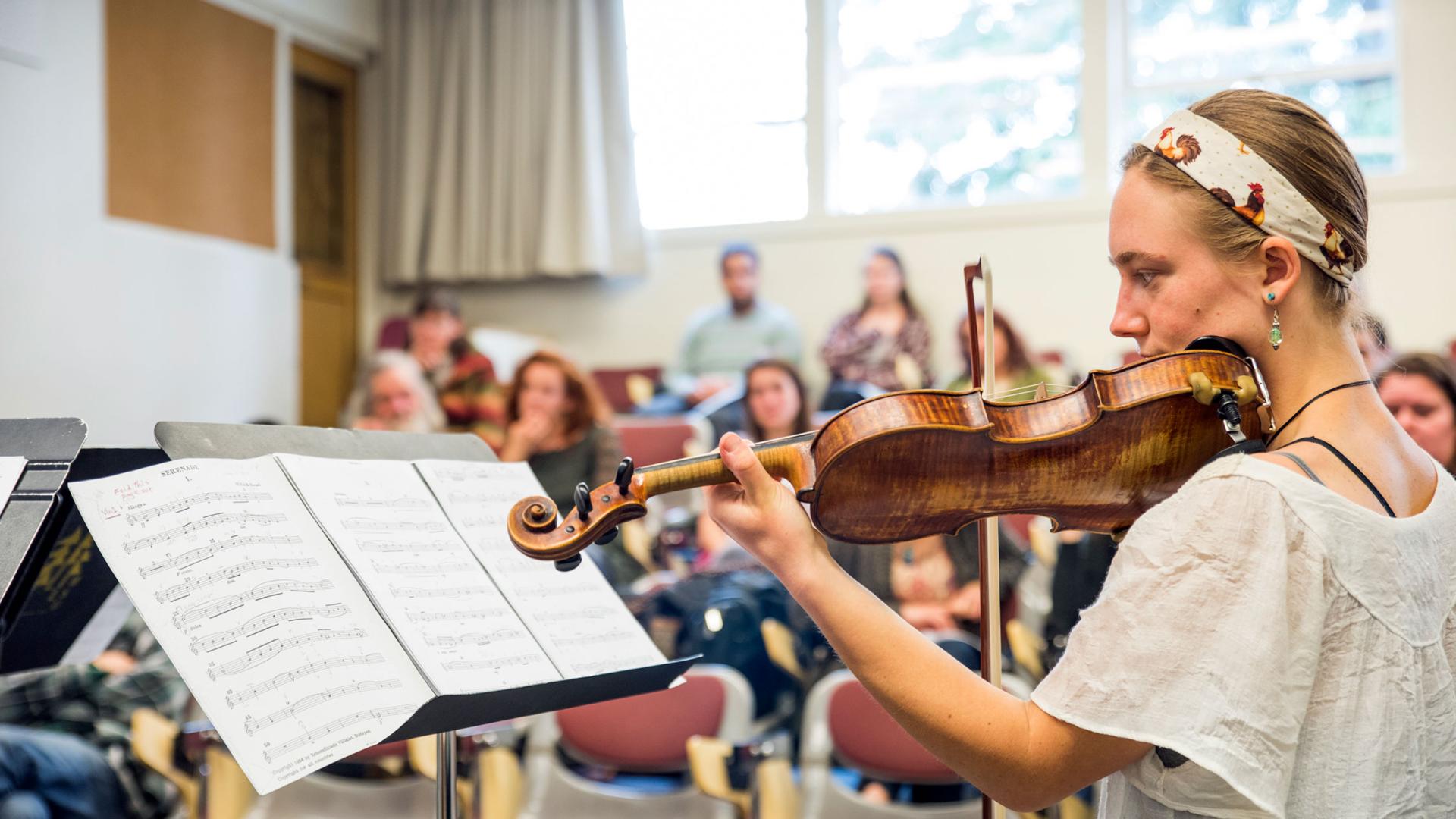
Registration Status
Current offering (Registration open)
Windows Into Earth's Past
Cost: $65
- Mon., Feb. 24-March 10, 2:30-4:30 p.m.
Dates
Time: 2:30 PM
Location: In person: Arcata
With Melinda Bailey, Science Educator:
Over three sessions, participants will get glimpses into Earth's past, from geologic time through the world of paleontology. We will highlight select fossils and the amazing stories they can tell using evidence, including some of Earth's earliest aquatic life to the terrifying T-Rex! Sessions will give an overview of three geologic periods and the changes on Earth during each, as well as some of the organisms that lived at the time, and their ultimate demise. There will be a slide lecture followed by a combination of short activities and viewing of some of the Natural History Museum's fossil collection including trilobites, ammonites, corals, clams, crinoids, fossil plants, and others.
- Session 1 - Early Earth: Cambrian, Ordovician, and Silurian Periods (542 mya - 416 mya)
Get a brief overview of field of paleontology and some of the tools used to learn about fossils. Briefly explore an early alien world where life diversified, but gave us the forms of life we are familiar with today. Learn about some of the largest predators before fish, and some of the unusual forms of life that died out, as well as the first fossil plants. - Session 2 - From Fish to Amphibians: Devonian, Carboniferous, and Permian Periods (416 mya - 251 mya)
This session highlights the evolution of fish and the transitions they take from armored placoderms to Tiktaalik, the first fish to develop limbs. You will also learn about trilobites, ammonites, and what types of plants inhabited earth then. This is the time when Earth was warm and humid, given rise to vast swamps that created coal and the decay of algae, producing the oil we burn for energy. It ends with the largest mass extinction to ever occur. Who were the surviors? - Session 3 - The Mesozoic Era: Triassic, Jurassic, and Cretaceous Periods (251 mya - 66.5 mya)
Explore the early and late forms of dinosaurs and aquatic reptiles, as well as some of the earliest successful mammals that survived by ruling the night. This amazing geologic span of time has some of the best preserved fossils that can give clues to not only morphology, but behavior through trace fossils and incredible rare finds. This is the time where Pangaea breaks up, and the dinosaurs die out -- except for avian dinosaurs -- the birds!
Register by February 19.
Class #: 24085

Melinda Bailey
Retired Science Teacher
Assistant Manager of the NHM
California Naturalist
For Melinda Bailey, working at the Natural History Museum has been an amazing experience. It combines so much of what she enjoys doing such as educating others about our natural world, working with amazing specimens, and helping her community.
She loves working with motivated college students and seeing young kids eager to learn about the world.
Some of her favorite hobbies are being a nature nerd, gardening, hiking, bird watching, and playing with her indoor cats.






